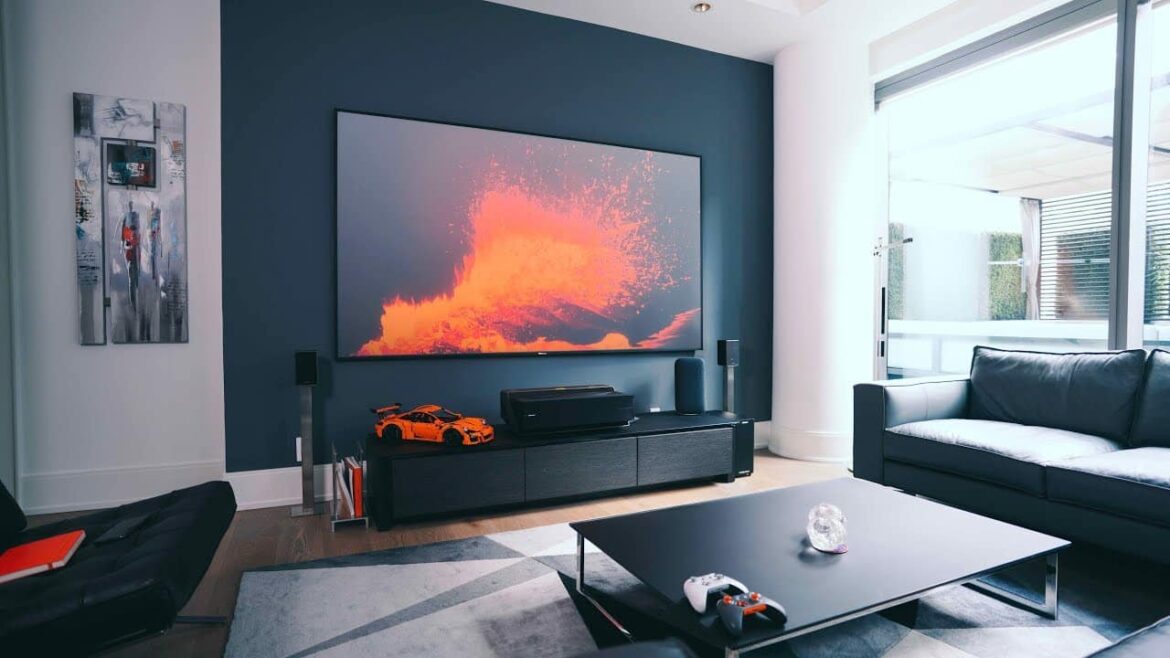760
A well-placed TV increases viewing comfort and helps prevent neck tension, so the right height and tilt are crucial.
Determine the optimal height of the TV
The correct height of your TV is crucial for a comfortable viewing experience and for avoiding neck or eye discomfort. The center of the screen should be at eye level when you are seated in your preferred viewing position.
- Measure seat height: Sit in your usual seat and measure the distance from the floor to your eyes. This value serves as a reference for placing the TV.
- Calculate screen height: Determine the height of your TV without the stand. Divide this value by two to determine the center of the screen.
- Determine mounting height: Add half the screen height to the measured eye height. The result indicates the height at which the center of the screen should be positioned above the floor.
- Example: If your eye height is 100 cm and the screen height is 60 cm, the center of the TV should be 130 cm above the floor.
Take into account the angle of the TV
In addition to the height, the angle of the TV also affects the viewing experience. An optimal angle reduces reflections and allows for a relaxed head position.
- Slight downward tilt: If the TV is above eye level, it is recommended that you tilt it slightly downwards. An angle of about 10 to 15 degrees ensures that the image is directed towards your sitting position.
- Use an adjustable wall mount: Swivel and tilt mounts give you the flexibility to adjust the TV to your seating position and lighting. This is especially useful in rooms with changing light sources or different seating areas.
- Consider side viewing angles: If you frequently watch TV from different positions, such as your couch and dining room table, choose a mount that can tilt and swivel. This ensures that the picture is optimally visible from every angle.

